

The first time we realized what sorts of things LittleBigPlanet 2 was capable of, it was like staring into the deep end of a pool from a high-dive: there’s an immense depth to it, but knowing what you have to do to get there can be intimidating. LBP2 introduces tools that make the original LBP look antiquated, introducing potentially complex logic circuits, Sackbots that can serve as secondary characters or gameplay-altering avatars, and even the ability to create and direct your own cutscenes. Making all of that work for you as a creator is a hell of a lot easier than taking a programming course, but still takes hours of learning, experimentation and patience.
But that’s OK. Whether you want to dive straight in and get lost in the depths of level creation, ease in with the creations of others or just play around with physics, LBP2 can accommodate you. Even better, those who just want to play it as a stand-alone game and ignore all the creator stuff (for whatever reason) can look forward to a surprisingly beefy story mode this time around – one with characters, voice acting, a persistent storyline and everything.
Unlike the first couple LBP games (which didn’t have stories so much as themed collections of levels), LBP2 centers on Craftworld, an imagination-driven paradise under attack from the Negativitron. A gigantic, cosmic dragon-thing, the Negativitron wants to corrupt everything it sees and reduce Craftworld to a demon-infested cinder, leaving it to a Resistance of creator-curators to… well, to put all its eggs in one basket and order Sackboy to do everything for them.
The story consists of some 40 levels (including a slew of optional minigame levels, some of which are meant explicitly for multiple players), most (but not all) of which revolve around the same quasi-2D, platform-hopping gameplay from the first game. Up to four players can explore a given level at once, controlling adorably customizable Sackboys that can hop around, grab onto certain substances and solve environmental puzzles. As before, it’s to your advantage to bring friends along, as multiple players can unlock certain paths and pickups that are off-limits to those going solo.
The bad news is that the basic gameplay hasn’t really been retooled; if you thought the first game was floaty, you’ll find LBP2 equally floaty. If you were confused by LBP’s limited 3D – which enables Sackboy to move between three separate 2D layers – you’ll be just as confused here.
The good news is that there’s so much new stuff to see and do, you probably won’t care. And aside from being more entertaining overall than the first game’s relatively static presentation, the story’s an excellent introduction to what you’ll actually be able to do with all the new stuff it brings to the table.
At the most basic level, you’ve got a few new powerups for Sackboy, which include a cool grappling hook – ideal for grabbing and swinging from squishy materials (or other Sackpersons) – as well as Grabinator gloves that let you carry certain objects. Then there’s the Creatinator, a helmet that can be aimed with the right analog stick and set to emit pretty much any kind of substance a level’s creator deems fit – water, fire, lasers, cakes, crates, whatever. These is fun to play around with in story mode, but even more fun in Create mode, where you can set the Creatinator to spray out as many huge, ridiculous, game-breaking objects as you want.
More interestingly, LBP2 introduces vehicles. Not in the “get on the object and hit this switch to make it go” sense, but versatile creations driven by control seats, which enable creators to map certain functions to controller buttons. At their simplest, these allow you to, say, press X to fire a rocket booster. Make things a little more complex, and you can drive or fly multi-function vehicles, complete with guns and special abilities, through your levels.
You can even ditch the “vehicle” idea entirely and use control seats to create simple videogames-within-a-videogame out of the mysterious new “holographic” colored-light material. In fact, it’s the control seats – along with the logic circuits, holographic material and Sackbots – that are the key to creating entirely new types of games within LBP2.
Say, for example, that you want to create a top-down, action-RPG-style game. By automatically dropping the player’s Sackboy straight into a control seat – which you’ll have affixed to a warrior-looking vehicle – you can bypass the traditional side-scrolly stuff entirely. Or so it seems – even the top-down levels are really just a camera/physics trick, accomplished by building huge, vertical levels with a flat background to serve as the “floor,” and then turning off gravity for everything in them.
Manipulating gravity can be done in either the settings for the level itself, or by slapping objects with logic circuits, sticker-like sensors that can alter the physics or behavior of whatever they’re stuck to. These can dictate how things in your levels move, how they react to being grabbed or shot, and can even control complex switch puzzles or onscreen counters (created, again, using holographic material). Frequently, you’ll find you need more than a few of them to get an object to really do what you want, so the introduction of microchips – collapsible circuit boards that can store and organize multiple logic circuits while only taking up as much space as one of them – is kind of a godsend.

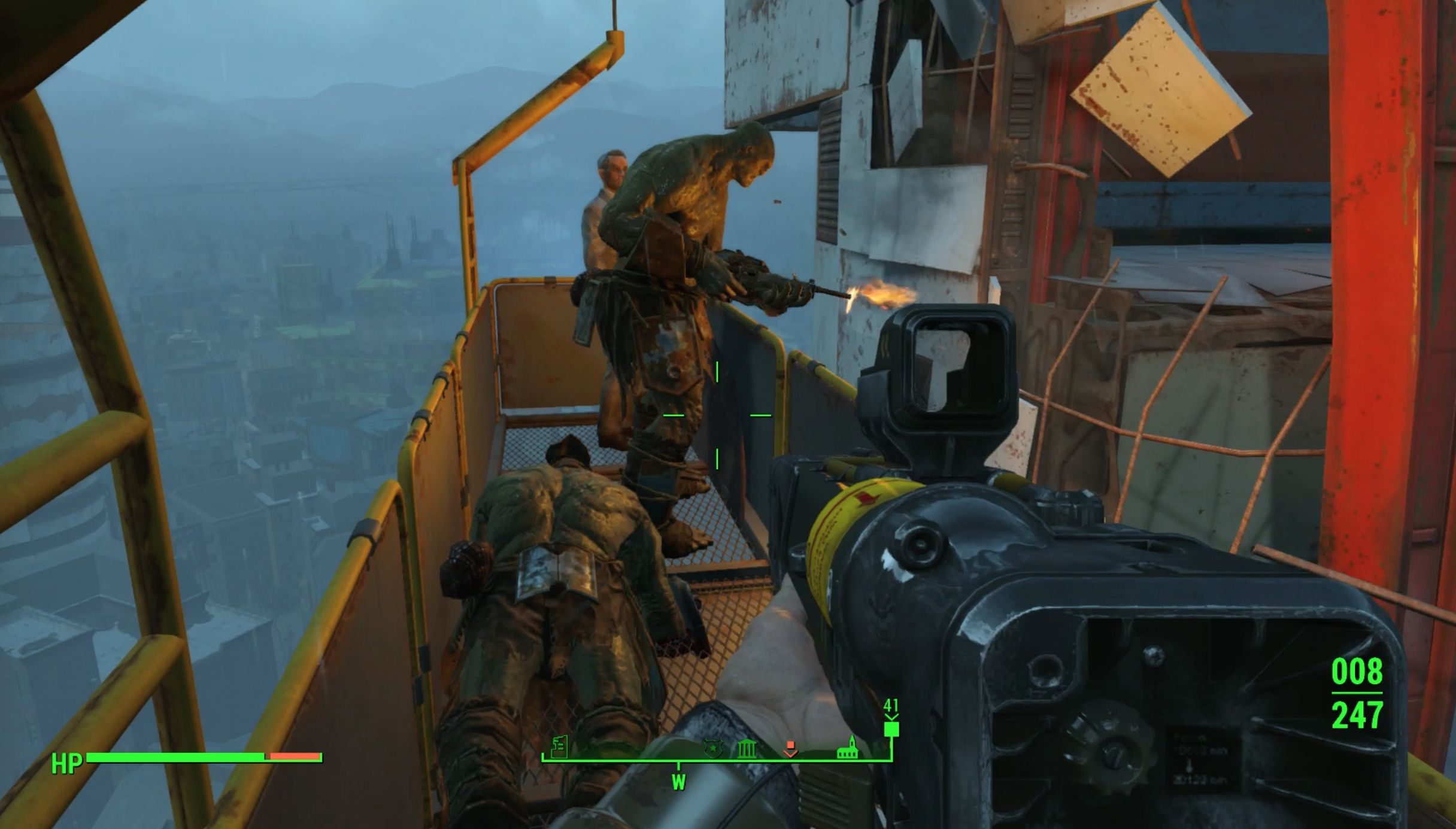
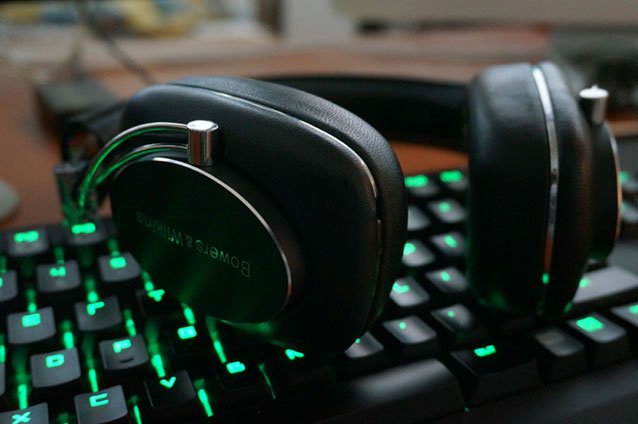

 Lady Gaga Vs. Ibuki - SF IV fan art
Lady Gaga Vs. Ibuki - SF IV fan art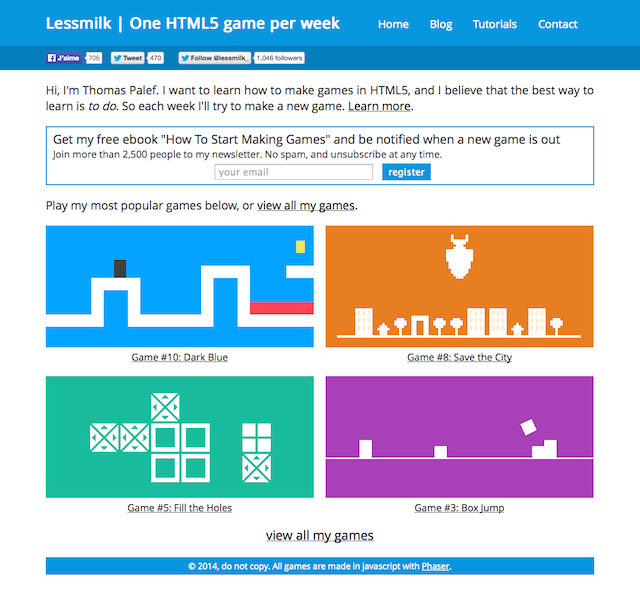 Could You Develop A Game A Week? This Guy Does Just That
Could You Develop A Game A Week? This Guy Does Just That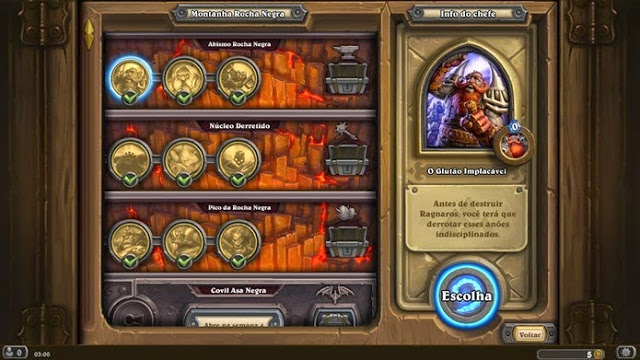 Hearthstone Blackrock Mountain - tips on Defeating Enemies
Hearthstone Blackrock Mountain - tips on Defeating Enemies Best Hacking Skills and Upgrades in Watch Dogs
Best Hacking Skills and Upgrades in Watch Dogs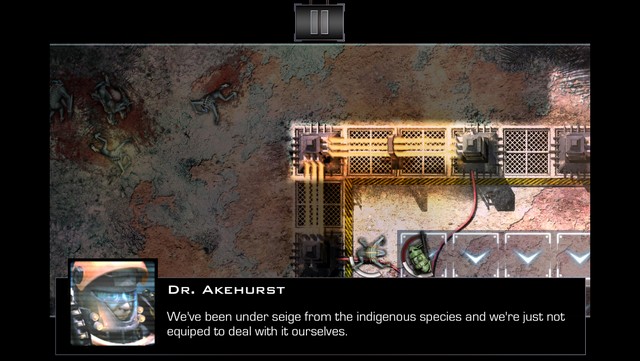 Hunters 2: iOS Turn-Based Strategy That Didn't Get The Praise It Deserves
Hunters 2: iOS Turn-Based Strategy That Didn't Get The Praise It Deserves